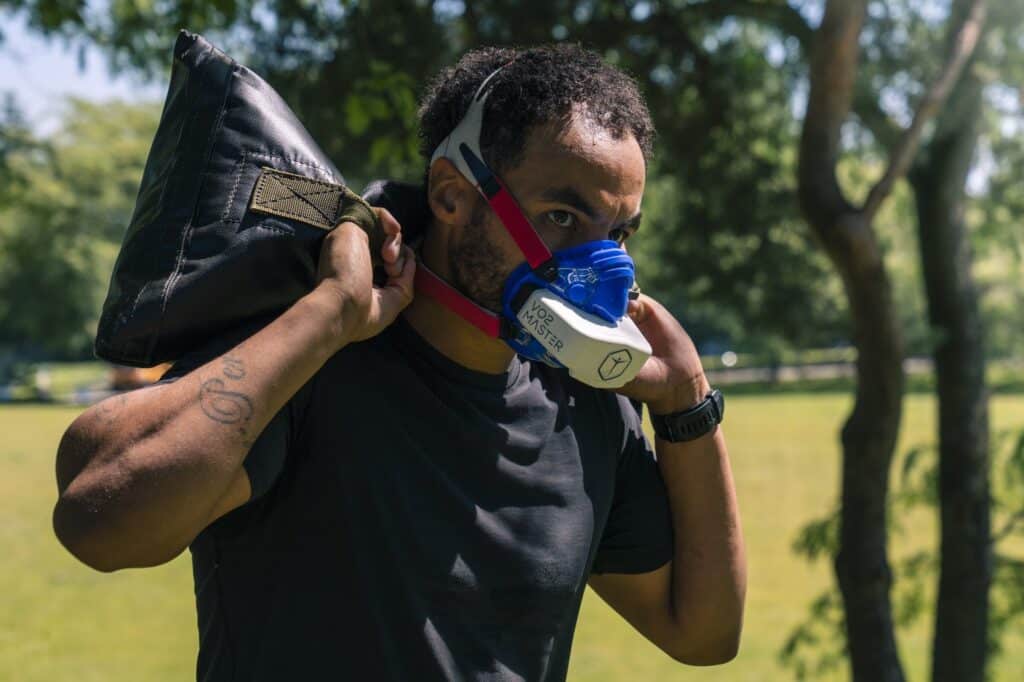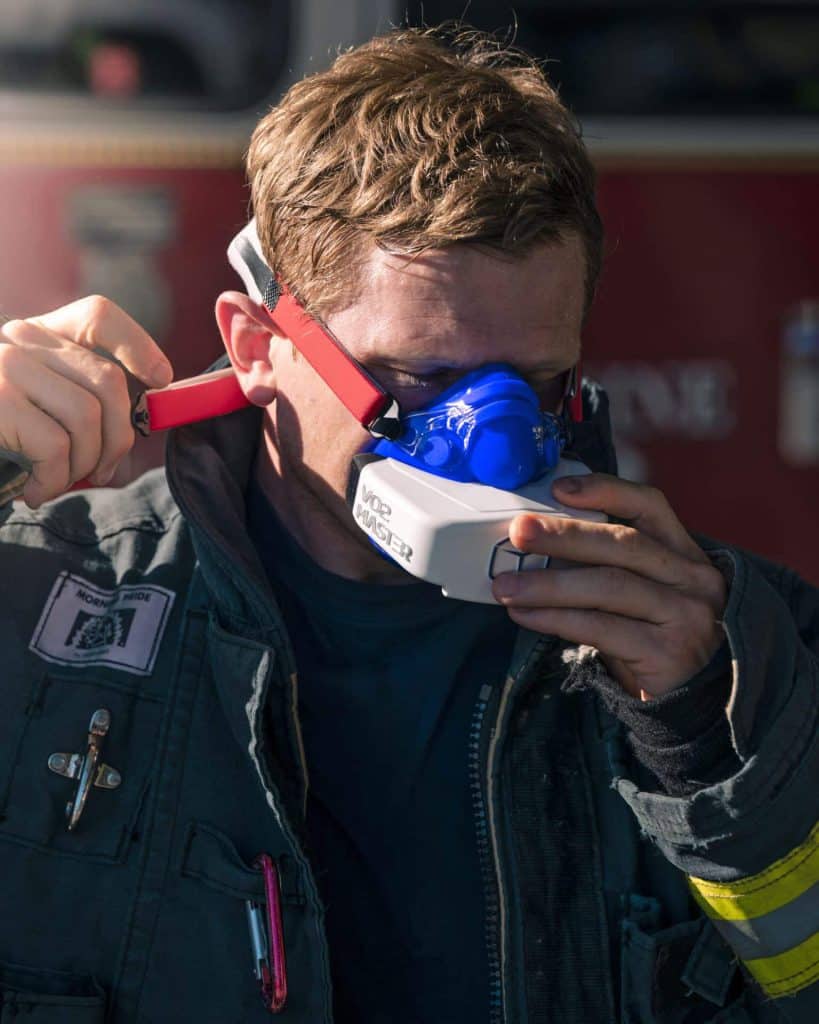How Your Breathing Changes When Doing Dynamic Exercise
In this edition of the VO2 Master Education Series, performance coach Sean Seale and Dr. Andrew Sellars, Co-Founder of VO2 Master, explore how your breathing changes when doing dynamic exercise. They discuss breathing patterns during dynamic physical efforts, including the reasons for changes in ventilation during exercise, ideal breathing volumes and frequencies, and breathing optimizationContinue reading "How Your Breathing Changes When Doing Dynamic Exercise"

In this edition of the VO2 Master Education Series, performance coach Sean Seale and Dr. Andrew Sellars, Co-Founder of VO2 Master, explore how your breathing changes when doing dynamic exercise. They discuss breathing patterns during dynamic physical efforts, including the reasons for changes in ventilation during exercise, ideal breathing volumes and frequencies, and breathing optimization strategies.
We’ve summarized the key takeaways from their conversation below. Or, if you’d like to listen to their discussion in its entirety, you can watch the interview below.
Breathing patterns during dynamic exercise: hy does ventilation change during a dynamic effort?
The primary force driving the increase in ventilation during exercise is the body’s response to the heightened levels of carbon dioxide. Essentially, you breathe more to expel CO2. Although it’s commonly thought that increased breathing is for oxygen intake, the principal reason is actually to maintain the body’s pH balance, which is stringently regulated between 7.35 and 7.45.
What kind of volumes do we want to see someone breathing during a dynamic effort?
In earlier discussions about spirometry, we noted that adult males typically have a vital capacity of five to six liters. Ideally, during dynamic efforts, we aim for the upper range of this capacity – approximately 75 to 85%. It’s important to focus on FEV1–Forced Expiratory Volume–as a more practical measure, staying within that 75 to 85% range.
Why is it taxing to hold large breathing volumes during high-output efforts?
Attaining large breathing volumes largely hinges on the effective use of the diaphragm, which is a sizable, slow-twitch muscle fiber. Proper utilization of the diaphragm, especially without prior training, demands significant effort. Achieving the 60 to 85% range of FEV1 requires full diaphragmatic contraction.
How should breathing frequency vary with exercise intensity?
In low-intensity scenarios, like a light jog or a gentle bike ride, respiratory frequency is typically close to resting rates – around six to ten breaths per minute. With increasing intensity, this frequency can rise dramatically, often reaching 60 or 70 breaths per minute in extremely high-intensity workouts. Such increases in respiratory frequency lead to corresponding increases in ventilation volume.
How can we optimize our breathing during a dynamic effort?
If you can maximize volumes and reduce respiratory frequency, it’s a more efficient pattern of breathing. It does require a stronger diaphragm and it does require a coordination that people need to train to be able to do to be able to sustain that. It’s a balance between achieving more efficient gas exchange and minimizing unproductive air movement in non-perfused areas.
